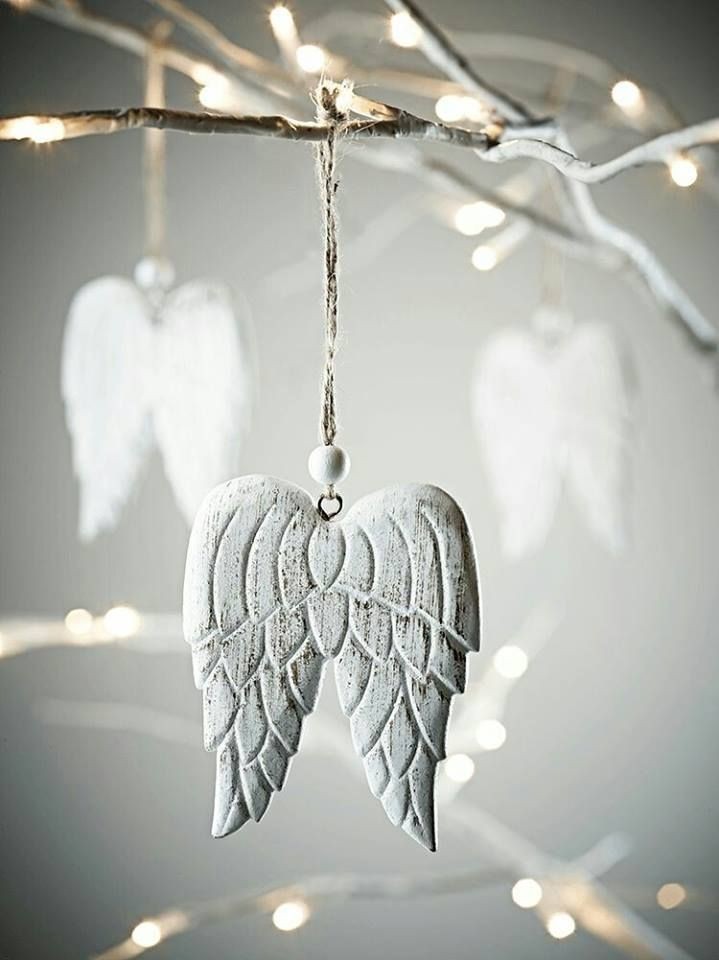Engaging in Textile Therapy to Enhance Relaxation and Focus...
- Koöko Fleurs
- May 10
- 2 min read
Updated: Sep 27

If you're new to textile art therapy, begin with simple techniques that don’t require advanced skills. The goal is to enjoy the process. Remember, it’s not about creating a perfect piece; it’s about the experience.
Basic Materials to Begin
To start your journey, gather some basic supplies:
Fabric scraps or plain cloth
Embroidery thread or yarn
Fabric paints or stamps
Needles, scissors, and a hoop (for embroidery)
Choosing the Right Technique
Different textile methods offer unique experiences. Here are a few recommendations for beginners:
Embroidery: Engage in slow, meditative stitching.
Weaving: Experience rhythmic, grounding movements.
Fabric painting: Dive into free-flowing creativity.
Textile Techniques & Their Therapeutic Benefits
Textile techniques can provide a calming and meditative experience. They help promote relaxation and focus.
Embroidery: Stitching for Meditation
Embroidery encourages patience and slow, deliberate movement. It can also be used for symbolic storytelling with either words or motifs. This art form regulates breathing and enhances focus through repeated stitching.
Weaving & Knotting: Grounding Through Fabric
Weaving strengthens feelings of connection and resilience. The repetitive motions help create structure, reducing stress. These techniques also encourage mindfulness and relaxation.
Fabric Painting & Stamping: Free-Flowing Creativity
Fabric painting allows for intuitive expression through movement and color. This method offers a playful, unrestricted way to create textiles and encourages emotional release through abstract designs.
Interactive Exercise: Meditative Embroidery
Choose a word or symbol that represents strength or peace.
Embroider it onto a small piece of fabric.
Focus on each stitch as an intentional moment of self-reflection.
Personal Storytelling Through Textiles
Crafting meaningful textile pieces can help reflect identity and emotions.
Textiles as a Medium for Personal Narrative
Throughout history, textiles have documented stories—from traditional tapestries to personalized quilts. You can create designs that symbolize emotions, memories, or personal growth.
Elements of Storytelling in Textile Art
Color Choices: Reflect your emotions or memories.
Symbolic Patterns: Incorporate designs that hold significance.
Layering & Textures: Use various materials to create depth.
Creating Textile Pieces with Meaning
Consider designing textile projects that draw inspiration from significant life experiences. Each material choice—whether it's color symbolism, embroidered words, or woven textures—adds to the narrative.
Interactive Exercise: Designing a Memory Fabric Piece
Think of an experience that holds deep significance.
Choose textiles, colors, and techniques that best capture its essence.
Create textile artwork that represents that memory.
Embrace the Journey
Remember that engaging in textile-based activities not only assists in enhancing relaxation but also invites you to explore your creativity. Whether you are stitching, weaving, or painting, each stitch allows for self-exploration and emotional expression.
Now, go ahead and embrace the transformative power of textile arts!











Comments